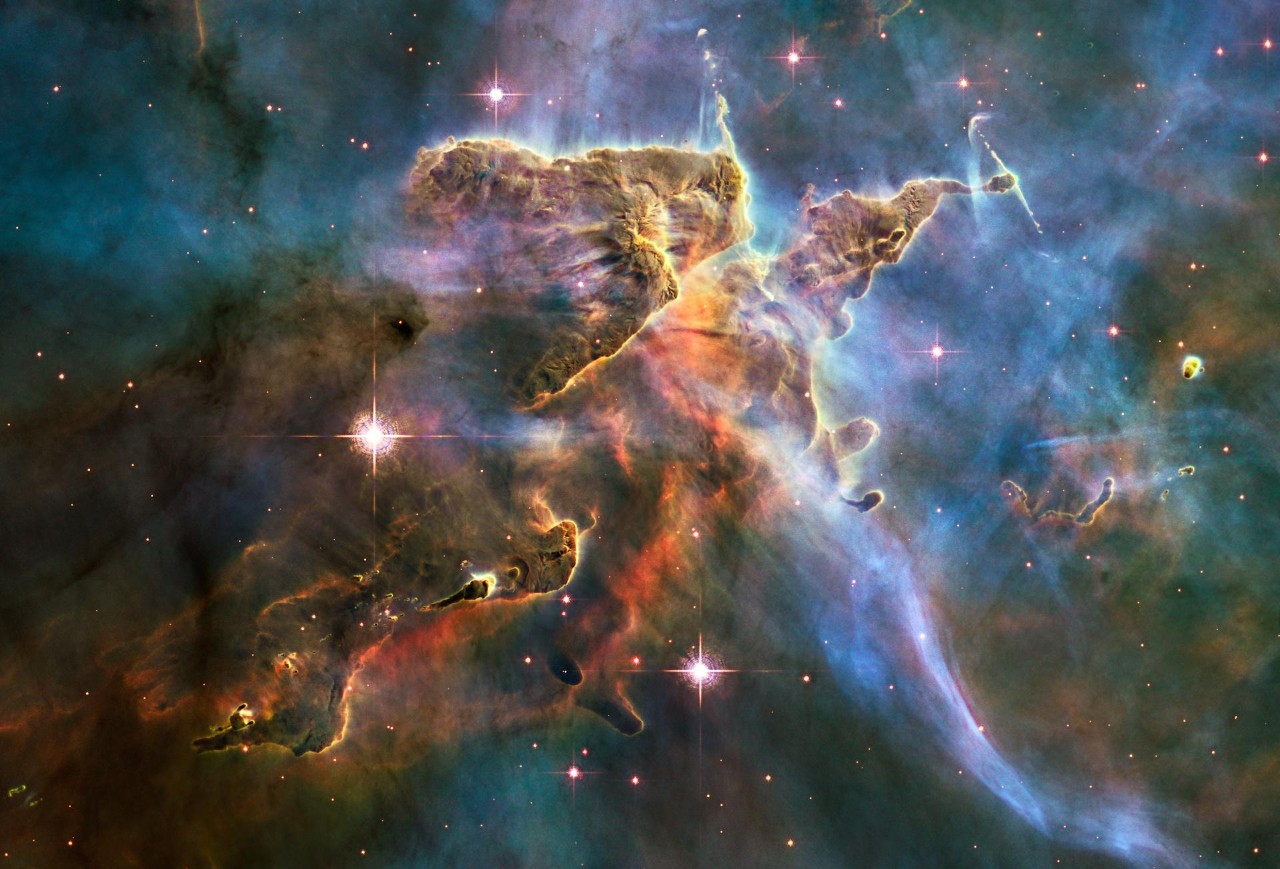
Quanta Magazine: UC physicist discusses rare quark anomalies
Theoretical physicist Jure Zupan says we need more data to declare 'new physics'
Quanta Magazine spoke to a University of Cincinnati theoretical physicist for his take on intriguing results from recent experiments at CERN's particle accelerator.
The Large Hadron Collider in Europe has observed unusual and unexpected behavior of B mesons, one of six types of subatomic particles called quarks that make up most of the visible matter in the universe.
According to Quanta, a team composed of hundreds of international researchers at CERN found that the decay of B mesons "conflicts slightly with the predictions of the Standard Model of particle physics, the reigning set of equations describing the subatomic world."
The team observed 4,500 rare B meson decays. From Quanta:
Statistically, the deviation in the angular pattern is equivalent to flipping a coin 100 times and getting 66 heads, rather than the usual 50 or so. For a fair coin, the odds of such a deviation are about 1 in 1,000.
But amid oodles of particle collisions, statistical fluctuations are bound to arise, so a 1-in-1,000 deviation doesn’t count as hard proof of a break with the Standard Model.
If this is new physics, it's not significant enough.
Jure Zupan, UC theoretical physicist in Quanta Magazine
UC theoretical physicist Jure Zupan told Quanta that researchers must accumulate enough B meson decays to demonstrate a deviation of 1 in 1.7 million. This is the equivalent of getting heads 75 times in 100 coin tosses.
"If this is new physics, it's not significant enough," he said.
Zupan, a professor of physics in UC's College of Arts and Sciences, was the 2019 winner of the prestigious Friedrich Wilhelm Bessel Award from the Alexander von Humboldt Foundation in recognition of his lifetime achievement in research on dark matter, antimatter and quarks.
Zupan said research at particle physics labs around the world help us get closer to understanding the origins of the universe.
"The main question we’re addressing is: Why are we here? How is it possible?” he said. “Why did matter dominate over antimatter? It’s a fundamental question of particle physics. We still don’t know the answer.”
Featured image at top: A cloud of interstellar gas billows around the Carina Nebula captured by NASA's Hubble Space Telescope. Photo/NASA Goddard

University of Cincinnati physicist Jure Zupan has worked at particle accelerator labs around the world. Photo/Joseph Fuqua II/UC Creative + Brand
Related Stories
Understanding resistance to targeted therapies in head and neck,...
July 11, 2025
MSN highlighted University of Cincinnati Cancer Center and Cincinnati Veterans Affairs Medical Center research published in the journal Oncotarget that reviewed current research on why Epidermal Growth Factor Receptor-targeted therapies often fail in breast and head and neck cancers.
What parvovirus is and why it's on the rise
July 10, 2025
An infectious virus common in children is on the rise in the Tristate. The Cincinnati Health Department is warning of a rise in parvovirus in Hamilton County. The illness can present itself as a rash on the cheeks and is often called “slapped cheek” disease but can present more serious concerns in pregnant women. Kara Markham, MD, professor of obstetrics and gynecology at the University of Cincinnati College of Medicine recently appeared on Cincinnati Edition on WVXU to discuss how parvovirus is transmitted, the risk of serious cases and how to prevent it.
While working 3 a.m. shifts, UC engineer wowed baseball's Big 12
July 10, 2025
UC College of Engineering and Applied Science graduate Kerrington Cross was named an All-American and Big 12 Player of the Year while co-oping in chemical engineering at L'oreal.
